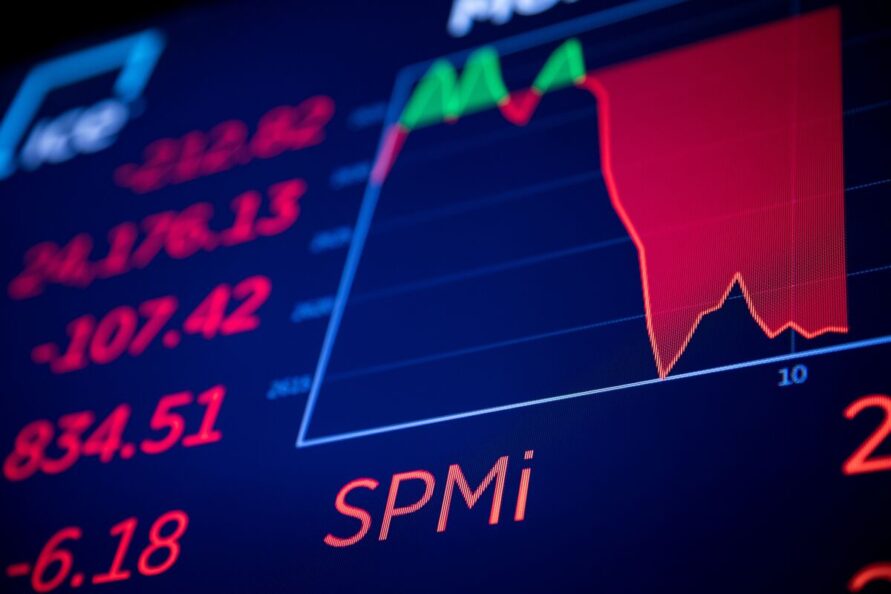Terminal Lucidity in the Stock Market: A Temporary Resurgence or a False Hope?
This week, the U.S. stock market showed signs of an unexpected recovery, with the S&P 500 index nearly even for the year after enduring significant volatility. The phenomenon, likened to a final spurt of energy in terminally ill patients before death, has sparked discussions among investors about the market’s true state. Strategist Bill Blaine suggests that this upswing may provide misleading hope amidst underlying market challenges.
Current Market Conditions
The recent performance of the S&P 500 has brought a glimmer of optimism to investors who have faced months of downturn. However, Blaine cautions against becoming overly optimistic, pointing out that a deeper analysis reveals several looming issues that could undermine this apparent upswing. These include:
- Tariff Uncertainties: Ongoing issues with tariffs continue to create instability in various sectors, affecting trade agreements and consumer prices.
- Stress in the Bond Market: The bond market is facing significant pressures, which traditionally act as a barometer for the broader economy. The stress in this market could signal deeper anxieties about economic stability.
- Risks of Stagflation: With inflation rates high and economic growth showing signs of stagnation, the risk of stagflation—characterized by stagnant economic growth coupled with high inflation—becomes a pivotal concern for investors.
- High Valuations: Despite some recovery, stock valuations remain elevated, raising skepticism about the sustainability of any rebound.
Divergent Perspectives
While some analysts like Blaine provide a sobering take on the market, others argue for a more optimistic outlook. For instance, economist Ed Yardeni offers a contrasting view, suggesting that the current data may not be as dire as it appears. In a recent discussion, he emphasized potential positive economic indicators that could benefit the market.
The Importance of Diversification
Against this backdrop, financial experts overwhelmingly recommend that investors consider diversifying their portfolios to include non-U.S. markets. This approach can help mitigate risks associated with domestic uncertainties, allowing for a more balanced investment strategy.
Conclusion: The Significance of Market Awareness
The stock market’s recent stabilization raises critical questions about the resilience of both financial systems and investor sentiments. As the market rebounds, it is essential for investors to remain grounded, recognizing the potential for both recovery and setback. Awareness of the economic landscape—including tariff implications, bond market stress, stagflation risks, and inflated valuations—is vital for making informed investment decisions.
In essence, while glimmers of hope may emerge, investors must tread carefully, balancing optimism with discernment to navigate the complexities of the current financial climate effectively.









